Like Money Myths, there are many “retirement rules” that float around as people prepare for their retirement. In many cases, we ask our friends, get insights from our professional connections, but we don’t always have the inside scoop from those who are working with them on a day-to-day basis. Here are some guidelines, tips, and general concepts that you might want to consider as you plan for your future.
Basic Retirement Considerations
Generally speaking, your 60s are when you are eligible for “retirement” benefits. If you are currently planning for your retirement, there are many tools like the Canadian Retirement Income Calculator to create a tailored budget for your circumstances. From here, do some research on RRSPs, TFSAs and your investment saving options. Don’t forget to assess your debt, state of your estate and if you have any major life milestones coming up (like buying a house, relocating, etc.). Like adulting in general, it can sometimes be overwhelming to think about life further down the line, but future you will thank you.
About CPP
The Canadian Pension Plan is a monthly, taxable benefit that helps replace some of your income when you retire. For eligibility, you must have made contributions to CPP during your working years and be at least 60 years of age. Your pension amount relies heavily on what you contributed to CPP during your working years, and you can even delay your pension payout so you may receive higher payouts. In addition to CPP benefits, you can receive disability and survivor benefits depending on your life status.
The 5% “Rule”
While we say this is a rule, it can also be a guideline. Regardless, it’s something that you should be aware of as you store money away for retirement. In short, the 5% “Rule” suggests that you should be able to withdraw 5% from your retirement savings without affecting your overall invested amount. You might be asking yourself, “How is that possible?” Well, once you factor in dividends, investment growth and more, you should be able to take out that 5% without touching your original investment (if needed, of course).
OAS 101
Without getting too jargon-y, OAS stands for Old Age Security and is a government benefit that you can apply for once you hit 65. Unlike the Canada Pension Plan, you cannot apply for OAS any earlier than 65.
The OAS pension is reviewed multiple times throughout the year (January, April, July, and October) to reflect increases in the cost of living. If the cost of living goes down, your payment amount will not decrease. Between the ages of 65 and 74, you can receive up to a maximum amount of $713.34, depending on your annual
income from the previous year. Once you surpass 75, there is an automatic 10% increase, and you can receive up to a maximum amount of $784.67 (depending on the previous year’s annual income).
The OAS Clawback
While OAS payments can be extremely helpful during retirement, there is a chance that you may have to repay some of what you’ve received (if your annual income is higher than the threshold). For example, using the June 2023-June 2024 payment period, if your annual income is over $81,761, you must repay 15% of what the difference of total income was minus the threshold amount. This is something to be mindful of, and it might be worth talking to your own professional who understands your specific financial situation.
I hope that this was a helpful summary of the retirement options available to you, as well as some of the rules and policies you need to consider. I’ll always update you on the financial landscape through my Wealth With Julie Instagram and through my website. You can read through more of my lifestyle and business blogs, here!


